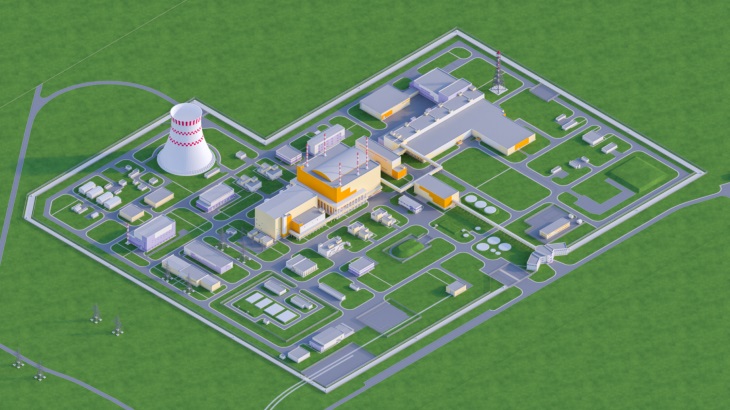BREST-OD-300 is part of Rosatom's 'Proryv', or Breakthrough, project to enable a closed nuclear fuel cycle. The 300 MWe unit will be the main facility of the Pilot Demonstration Energy Complex at the SCC site in Seversk. It will be the world's first experimental demonstration power unit featuring a lead-cooled fast neutron reactor. Russian nuclear regulator Rostechnadzor earlier this month issued SCC a licence for construction of the Brest-OD-300.
Unlike light-water VVER reactors, where refuelling is conducted on a cooled reactor, the operations at the Brest-OD-300 must be carried out at the temperature of the primary circuit's liquid-lead coolant, which is higher than 400 degrees Celsius, TVEL, Rosatom's nuclear fuel manufacturer subsidiary said. Before loading into the core, the fuel assemblies will be heated up in a special chamber and then placed into the core filled with a melt of lead coolant, it added.
Most of the technical solutions for the Brest-OD-300 reactor installation itself and its main equipment are innovative and have never been applied at any nuclear facility so far, TVEL said. The reactor's equipment must ensure operations during the entire service life of the unit, at high temperatures, in high fluxes of ionizing radiation and during heavy liquid-metal coolant flows. The structural materials must have high corrosion and radiation resistance, as well as high-temperature resistance, to ensure reliability.
"The special thing about all facilities of the Pilot Demonstration Energy Complex in Seversk is that all the key equipment, including the BREST reactor facility and the units for nuclear fuel fabrication and reprocessing, is absolutely unique at the global scale," said TVEL President Natalia Nikipelova. "The Breakthrough project team all the time have to solve unconditional tasks, which are related not just to the facilities construction management, but also to a large programme of R&D and technical design."
The production of high-tech equipment for the reactor will take between three to five years, with the installation of the main equipment to be completed in 2025.





_30199.jpg)
_72306.jpg)

_49562.jpg)





